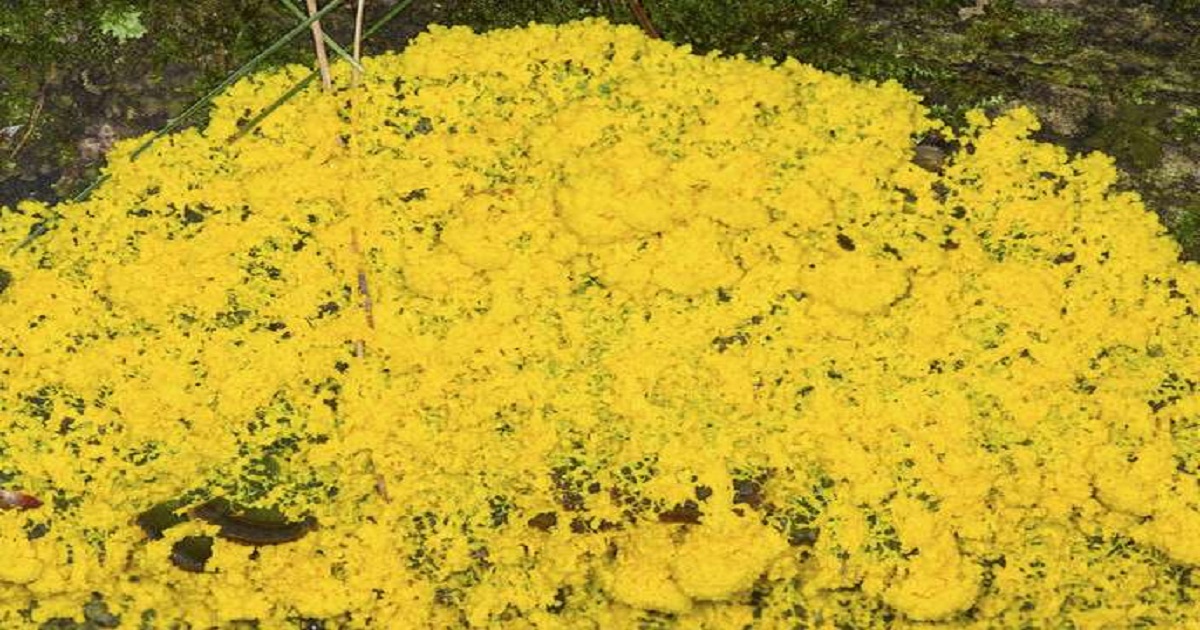How to develop affordable sensors using slime mold

Physarum polycephalum, which literally means "many-headed slime," is a slime mold that inhabits damp and dark habitats, such as decaying wood. Thanks to its ability to respond to stimuli such as light, chemicals and vibrations, this single-celled, self-growing organism has attracted the attention of scientists in recent years. With its behavioral pattern of forming a network of protoplasmic tubes to move towards its food source along the shortest paths, slime mold has been useful for computer science where path planning is a frequently studied topic. Utilising slime mold, the EU-funded PhySense project is developing marketable biosensors for various applications, including environmental monitoring and health. As explained in a news item by the European Commission, the project team has made the low-cost prototype biosensor technology available to universities, schools, research centers and citizen scientists. The project also has an online portal and database where participants can share their findings. According to the same news item, the project's co-investigator and lead developer, Neil Phillips, says: "With the addition of more environmental contaminants which may be a threat for humans and the overall ecosystem, the need for faster and more accurate biosensors is high."